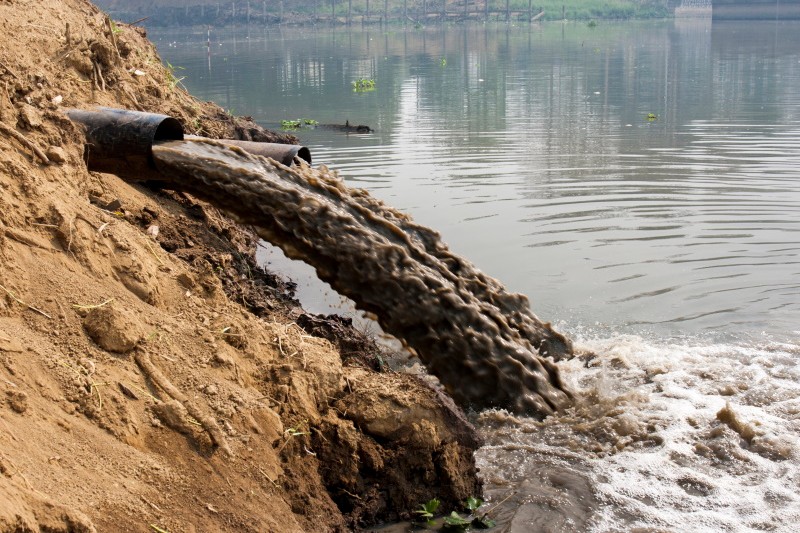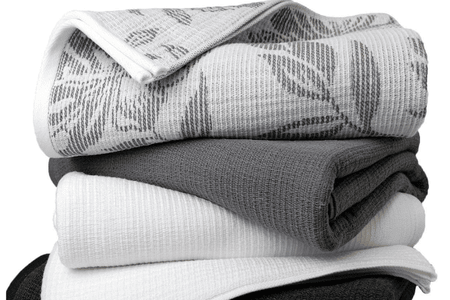
Indian researchers develops improved textile wastewater treatment solution
YarnsandFibers News Bureau 2021-09-15 13:22:43 – IndiaResearchers from three Indian universities have developed an improved wastewater treatment solution that can completely reuse industrial dye wastewater from the textile industry, removing its toxicity and making it suitable for domestic and industrial use.
The project, by the Indian Institute of Technology (IIT) Kanpur, Uttar Pradesh; Malaviya National Institute of Technology in Jaipur, Rajasthan; and MBM Engineering College in Jodhpur, Rajasthan; can help dry regions reduce water treatment costs by allowing water to be reused.
Toxic industrial wastewater cannot be treated by the present three-stage wastewater treatment procedure, which includes primary, secondary, and tertiary treatment. The stand-alone advanced oxidation process (AOP) treatment technique for color and odor qualities in industrial effluents (dye-based) may be insufficient to meet defined government regulations, and it is also limited due to the high expense of AOPs that require a continual supply of chemical reagents.
This is due to the fact that it is unable to remove synthetic industrial dyes, as well as the effervescent color and odor, which have a long-term carcinogenic and harmful effect on the environment, particularly aquatic life. To eliminate this toxicity, an upgraded solution based on AOP technology is required.
A modified AOP solution has been created by a research group. It starts with the main dosing phase, then moves on to sand filtration, second AOP, and finally carbon filtration. It does away with the requirement for traditional primary, secondary, and tertiary processes, resulting in maximal color removal and compliance with inland water discharge regulations.
According to an Indian government press release, the Water Technology Initiative (WTI) of the Department of Science and Technology (DST) and the Indian National Academy of Engineering (INAE) supported the development of this technology at a pilot level at the Textile Industrial Park in Jaipur in collaboration with Laxmi Textile Prints of the city.
It comprises a low-cost dye adsorption solution on acid-modified soil, a photochemical reaction step within a photocatalytic visible light filter, and a novel carbon and PAN nano-mat fiber filtration process that is a direct replacement for existing treatment plant operations. It was set up as an experimental project to remediates industrial wastewater.
In Rajasthan's water-scarce regions, the method has resulted in the recovery of 50% of the treatment costs paid by conventional water treatment processes (particularly due to the high expense of sludge disposal). Furthermore, automated plant operations are being used to scale up this facility to a capacity of 100 kilolitres per day to fulfill the existing industrial demand.
Market Intelligence
Ask for free sample Report

experience
Customer Base
dedicated team
Countries Served Worldwide









